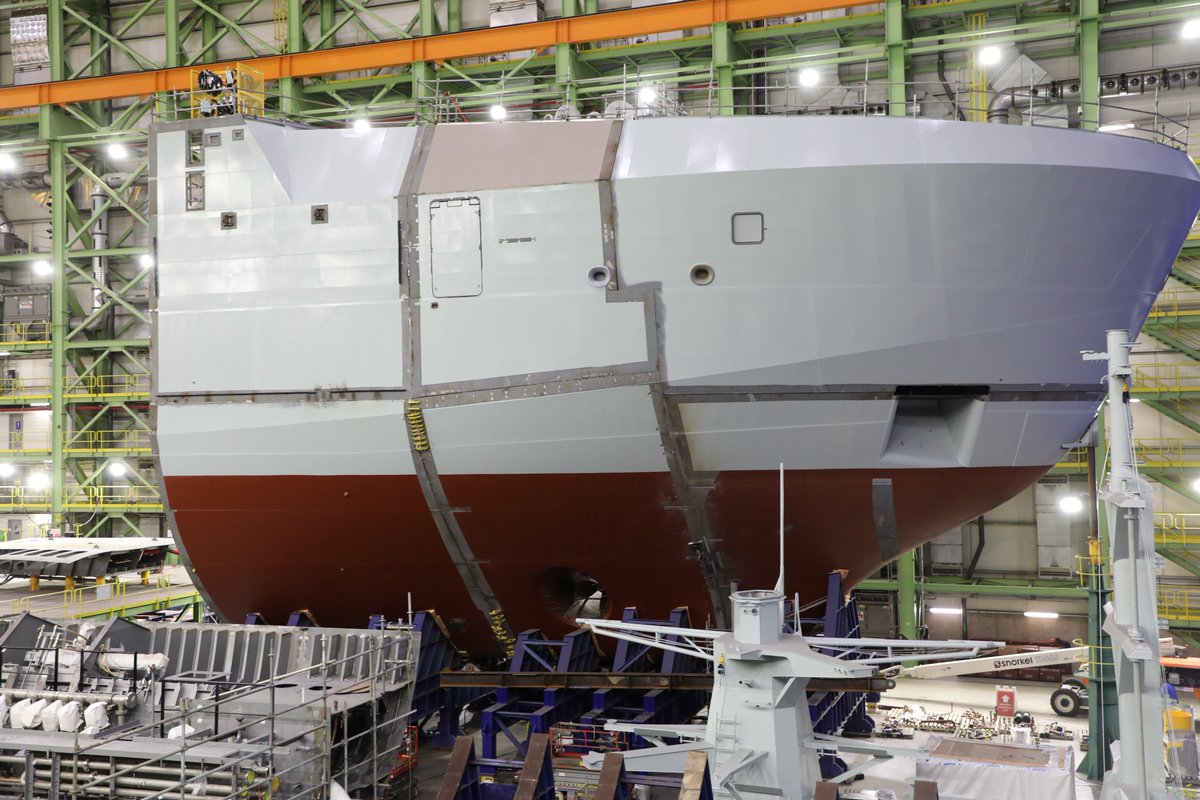Canadian Coast Guard Praises Modern Helos for Icebreaking Mission
The Canadian Coast Guard has high marks for its fleet of 22 modern helicopters dedicated to icebreaking missions--15 Bell 429s and seven Bell 412 EPIs.
About 65 percent of the total Canadian Coast Guard helicopter flight hours support the safety of marine traffic, while the next largest block of time--icebreaking--is responsible for 15 percent of helicopter flight hours, according to the Canadian Coast Guard.
The Bell 412 EPIs began replacing Bell 212s in 2016 under the Canadian Coast Guard Fleet Renewal Plan, while the Canadian Coast Guard fielded the 15 Bell 429s between 2014 and 2016 to replace Eurocopter MBB BO-105s.
Canadian Coast Guard officials said that the modern helos provide "timely and accurate information to Coast Guard icebreaking planners and the shipping industry to update ice charts and assist in ice routing for commercial ships."
The latter can face hazardous ice floes on the Great Lakes--St. Lawrence River waterway.
The Chamber of Marine Commerce has said that shipping on that waterway generated nearly $45 billion in economic activity in 2017 and more than 328,000 jobs. One of the chamber's legislative priorities this year is "supporting creative solutions for additional ice-breaking capacity, e-navigation and ports’ needs."
The Canadian Coast Guard has had two icebreakers for the Great Lakes region this winter: the CCGS Samuel Risley, commissioned in 1985 and refitted in 2016, and the CCGS Griffon, which entered service in 1970 and which was refitted in 1995. Such icebreakers are important for ensuring the flow of supplies and energy during winter months, as well as for aiding localities with flood control by breaking apart ice jams. The helos help by escorting commercial shipping during the winter, according to the Canadian Coast Guard.
The CCGS Samuel Risley made its maiden voyage to the Arctic Ocean in July 2018.
The Canadian Coast Guard helicopters also support the rotation of ice service specialists, nurses and pilots who work on the icebreakers, as well as providing Medevacs as needed for Coast Guard personnel and people who become ill in remote northern communities, transporting technical crews to navigational aids in the Arctic, and conducting search and rescue in the Arctic and other remote regions.
"Helicopters are the only platform that can effectively support tactical ice reconnaissance for icebreakers that are actively conducting icebreaking operations," according to the Canadian Coast Guard.
"Taking off from the icebreaker's deck, they provide the vessel's master with the up-to-date information needed on ice conditions in the immediate vicinity, and for up to 100 miles ahead, of both the ship and the commercial vessel or convoy that she may be escorting [emphasis added]. Neither satellite data, nor data from fixed winged aircraft can do this. For safe and effective ice operations, the icebreaker's master needs a helicopter survey that provides accurate ice information. Without such information, the ability to make sound decisions concerning how to deploy the multi-million dollar resource at the master's command is compromised, putting the icebreaker, its crew and, in particular, the ships it is escorting at risk."
https://www.rotorandwing.com/2019/03/12/canadian-coast-guard-praises-modern-helos-for-icebreaking-mission/







